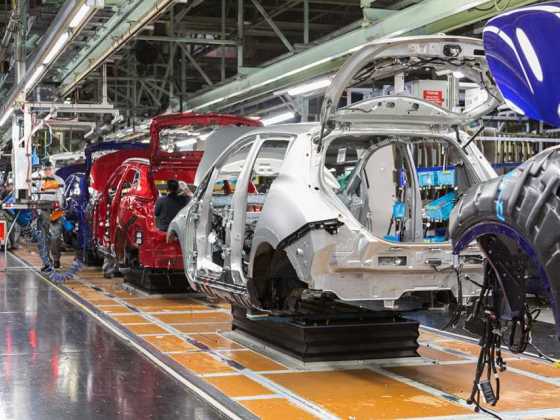£1m research project for autonomous vehicles on motorways

Loughborough University and Highways England are teaming up on a £1m project to ensure the country’s motorways can accommodate connected and autonomous vehicles vehicles.
Researchers will look at operations at roadworks, merging and diverging sections (across lanes and at junctions) and lane markings to understand the challenges connected and autonomous vehicles (CAVs) may face.
The project, named CAVIAR (Connected and Autonomous Vehicles: Infrastructure Appraisal Readiness), is being carried out in partnership with construction company, Galliford Try.
The ability of CAVs to operate fully autonomously may not be entirely contained within the vehicle technology due to the inherent complexity in the roadway infrastructure. In addition, weather conditions may limit the ability of on-board sensors to detect road markings, configurations, traffic and road conditions.
Professor of Intelligent Transport Systems, Mohammed Quddus, the principal investigator on the project, and also of ABCE, said: “To date there is significant investment and advancement in Connected and Autonomous Vehicles.
“It is, however, not known whether existing road infrastructure, which was designed for conventional vehicles, is ready for the safe and efficient operations of CAVs. CAVIAR directly addresses this challenge. Although CAVs are designed with existing infrastructure in mind, ensuring they are safe to operate on motorways will require evaluating how road layouts affects their operational boundaries such as their ability to sense lanes and make appropriate decisions.”
The platform will be employed to evaluate whether CAVs can safely navigate through the existing configurations of construction zones.
Real-world data from different lane configurations will be collected and fed into the simulation models to calibrate and examine how CAVs respond to dynamic lane changes.
Digital maps representing dynamic lane configurations will be transmitted to CAVs in advance for informed routing decisions.
In terms of lane markings, the platform will be utilised to understand how environmental conditions affect a CAVs ability to detect lane markings, such as snow, and low lighting – for example at night.
For merging and diverging scenarios, inconsistencies in geometric configurations will be appraised to examine whether CAVs are able to merge safely from the local road network (low speed) to the motorway network (high speed).



